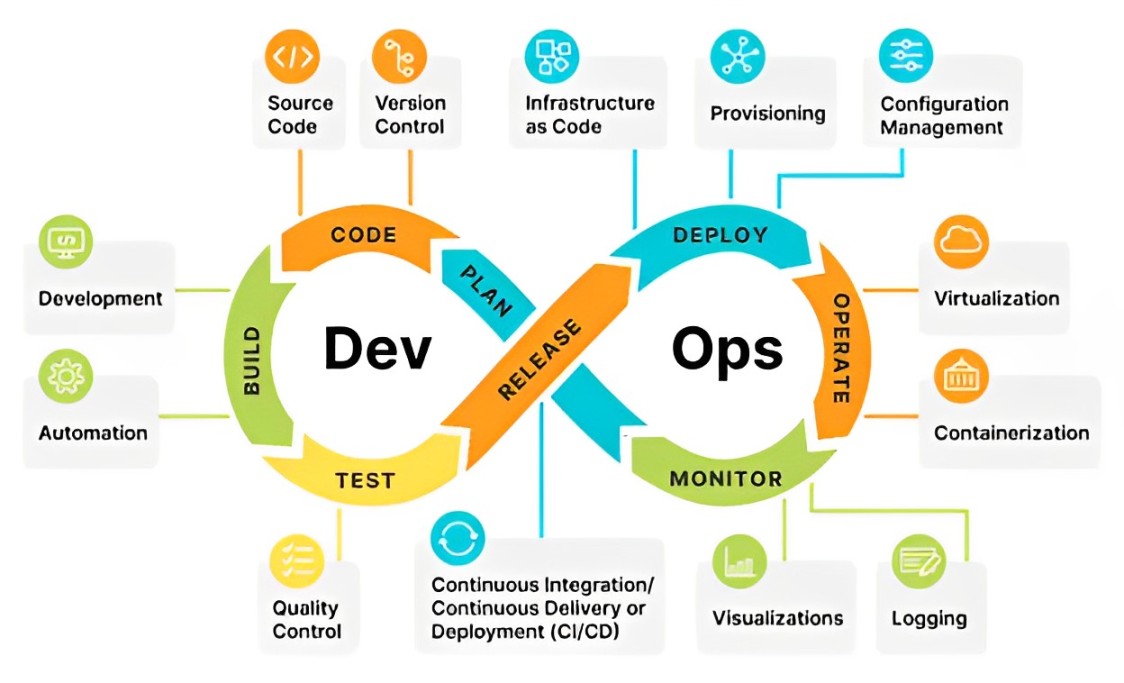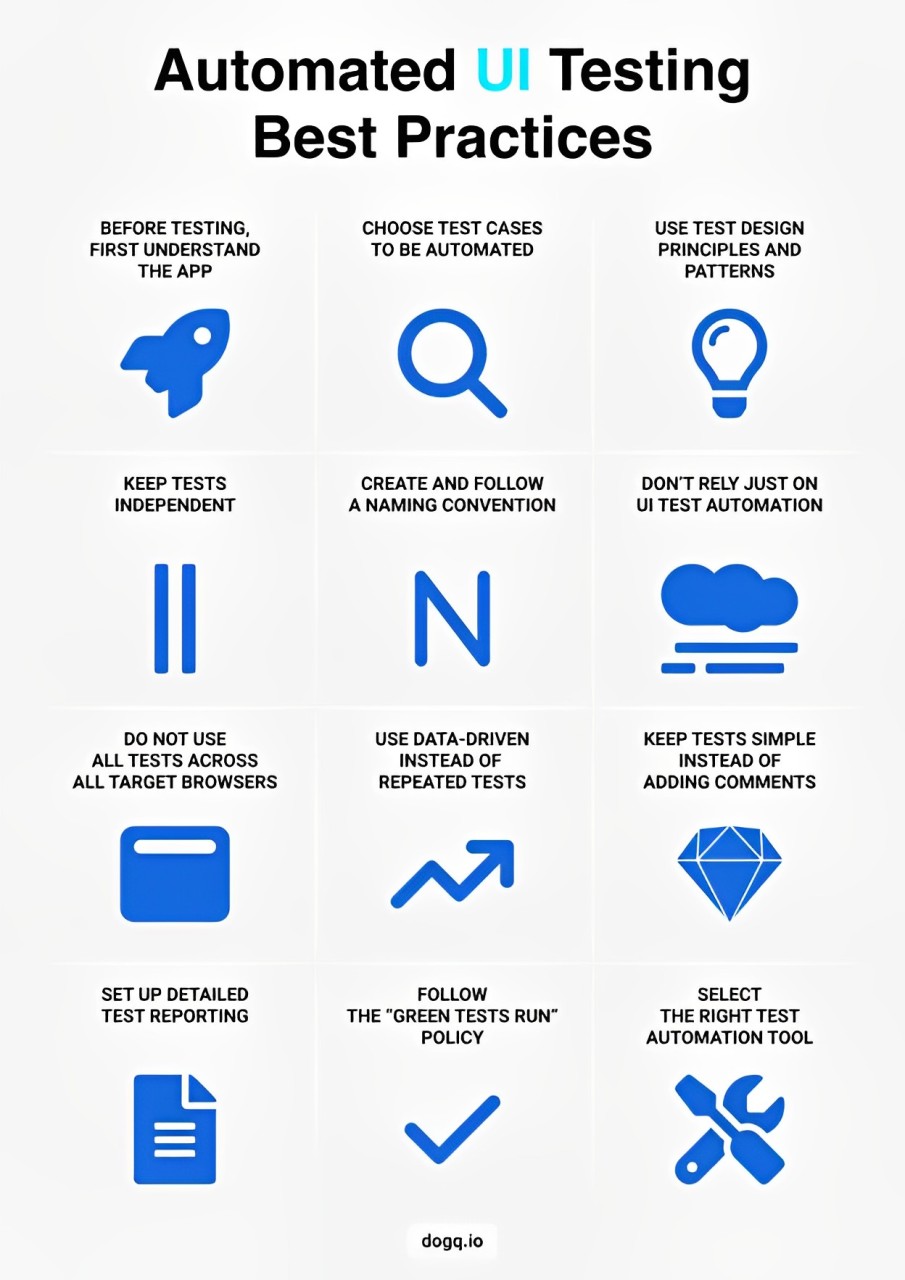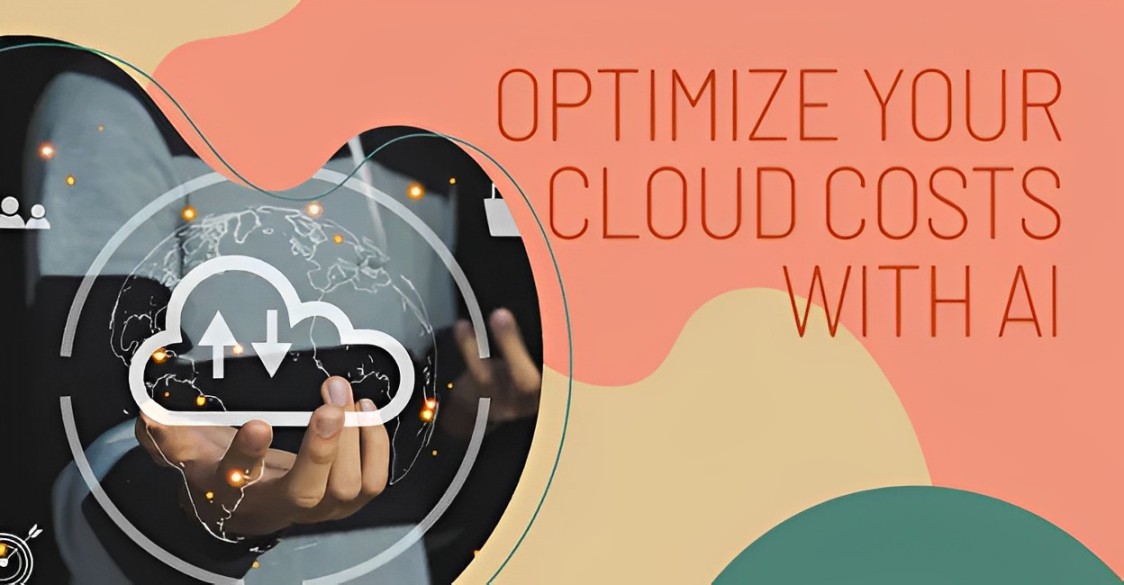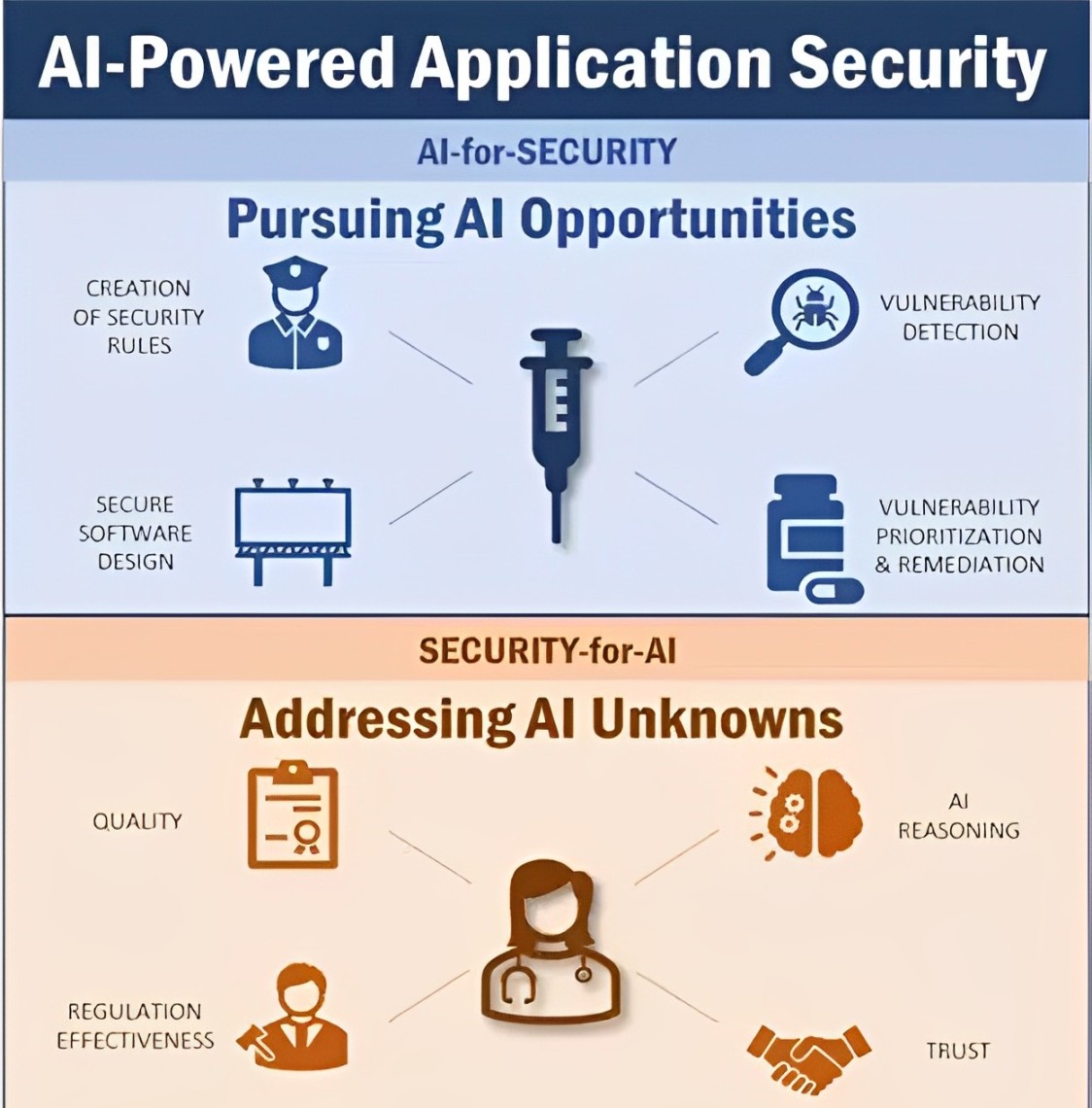
How can teams build and update applications faster and better?
AI opens new ways to improve DevOps with Azure
By adding AI to existing workflows, repetitive tasks can be automated. This lets the team focus on more important work.
But making this happen takes effort. The AI tools need to fit with current systems. Developers and operators may need to learn new skills.
Planning between technology and business leaders is key. The future of intelligent automation is bright. But realizing the full benefits takes partnership.
Let’s get started!
Planning and Developing with AI
The planning and development stages of DevOps can benefit tremendously from AI capabilities on Azure. Here are some key ways AI improves these initial phases:
Requirements Analysis
Azure Machine Learning can quickly parse and analyze requirement documents to identify common themes, extract key entities, and detect ambiguities early. This speeds up requirements gathering.
Predicting Issues
By analyzing past defects, Azure ML models can identify components likely to be problematic during development. Teams can proactively reinforce or re-architect these areas.
Generating Code
Azure Cognitive Services like LUIS (Language Understanding) and Codex APIs can generate boilerplate code and documentation from natural language descriptions. This boots developer velocity.
Detecting Vulnerabilities
Powered by AI, Azure Security Center and DevSecOps tools can automatically scan code as it’s developed to detect vulnerabilities like SQL injections, improving security posture.
Suggesting Improvements
Azure Advisor leverages ML to analyze resource configuration and usage and then recommends optimizations like adding fault tolerance, improving performance, and more.
Testing and Monitoring with Intelligence
The testing and monitoring processes in DevOps can also be enhanced through AI on Azure:
Automated UI Testing

Azure pipelines can leverage AI-based test generators like Spec Explorer to automatically create test cases that maximize UI code coverage. Humans just review and augment these tests as needed.
Smart Load Testing
By analyzing past traffic patterns, Azure Load Testing services can automatically simulate realistic user loads to identify performance bottlenecks under real-world conditions.
Predicting Failures
By processing telemetry data, Azure Application Insights can identify usage anomalies and predict potential failures – allowing teams to proactively address issues.
Simplifying Alerting
Instead of writing manual alerting rules, Azure Monitor and Log Analytics AI capabilities can automatically determine normal behavior and trigger alerts for deviations – greatly reducing alert fatigue.
Query Optimization
Azure SQL Analytics and CosmosDB use built-in AI to continually monitor workloads, learn patterns, and automatically optimize queries for improved performance.
Releasing with Confidence
AI capabilities help release higher quality software faster on Azure:
Risk-based Testing
ML algorithms analyze past-release data to determine components most likely to impact customer experience – allowing testers to maximize effectiveness through risk-based testing.
Test Case Prioritization:
Azure DevOps can automatically reorder test cases to optimize coverage and critique by processing factors like business value and past defects. Humans just validate their priorities.
Smarter Rollbacks
Integration with Application Insights allows Azure to determine if issues post-release require a rollback or not based on ML-powered impact analysis. This reduces costly false rollbacks.
Predicting Adoption
Product managers can leverage AI in Azure SQL, Power BI, and other services to analyze app usage metrics to forecast adoption rates for new releases – allowing them to plan rollouts accordingly.
Optimizing Cloud Costs with AI

The cloud offers immense flexibility and scalability for modern applications.
However, the pay-as-you-go pricing model also makes it easy to overspend on unused resources.
Thankfully, Azure provides several AI-powered tools to optimize cloud costs across the DevOps lifecycle:
Automated Resource Optimization
Azure Advisor’s machine learning algorithms continuously analyze resource configuration, usage telemetry, and workload patterns to detect opportunities to reduce waste.
It provides actionable recommendations like resizing underutilized virtual machines, deleting unused resources, and improving overall efficiency.
Intelligent Budget Management
Azure Cost Management leverages AI to forecast expected cloud expenditures based on historical usage, upcoming Events, and other signals.
Automated budgets can then trigger alerts and actions like shutting down resources when close to exceeding budget thresholds.
Optimized Infrastructure Provisioning
Azure Policy’s capabilities like guest configuration and initiative definitions allow codifying and automating governance guardrails aligned to cost objectives.
For instance, policy definitions can restrict the provisioning of expensive VM types or geo-redundant storage only when necessary.
Automated Upsize/Downsize
Azure Autoscale utilizes built-in or custom machine learning models to dynamically right-size resource allocation based on current demand.
This ensures resources closely match workload needs to minimize over-provisioning.
Preemptive Spend Visibility
Power BI’s AI-powered natural language capabilities allow business teams to query expenditures and create reports forecasting cloud costs easily.
Having preemptive visibility enables taking proactive actions to control cloud budgets.
Intelligent Reservation Management
Azure Cost Management uses ML to recommend and manage Azure Reserved Instance purchases based on expected usage.
Reservations can unlock significant savings compared to pay-as-you-go billing.
Continuous Optimization:
Azure Advisor’s optimization recommendations continue improving over time as its algorithms process more telemetry data.
This allows the identification of cost savings opportunities that may not be immediately apparent.
With AI-driven automation, teams can tightly align cloud costs to business needs, avoid overspending, and maximize ROI – all while focusing on core priorities.
Securing Applications with AI

As software pervades every aspect of business, application security is paramount. Thankfully, Azure provides AI-powered capabilities to identify and mitigate vulnerabilities at each stage of DevOps:
Scanning Source Code
Azure Security Center uses AI algorithms to automatically scan source code, open source libraries, and container images for vulnerabilities as code is developed. Issues can be addressed early.
Hardening Infrastructure
Azure applies machine learning across its infrastructure to detect threats and malware, provide anomaly detection, and enable other capabilities to protect application resources and data.
Monitoring Suspicious Behavior
Azure Monitor and Application Insights leverage AI to establish patterns of normal user behavior and trigger alerts for suspicious anomalies that could indicate a security breach.
Spotting Misconfigurations
Azure Advisor’s ML models analyze resource configurations and detect potential security risks like open network ports, expired certificates, and more.
Penetration Testing
Azure Security Center can use AI heuristics to simulate cyberattacks and perform continuous penetration testing to identify vulnerabilities before they can be exploited.
Securing Pipelines
If you Hire Azure DevOps Consultants they help to secure CI/CD pipelines by using AI to analyze builds, test cases, and deployments then auto-generate security policies and configuration guidelines.
Vulnerability Prioritization
By processing vulnerability scan data and threat intelligence, Azure Defender ML algorithms prioritize vulnerabilities to address first based on exploit likelihood and potential business impact.
Generating Security Code
If you Hire Azure Devops Consultants Azure developers can use AI-powered GitHub Copilot to produce secure code by describing desired functionality in plain language. Copilot will suggest secure code snippets aligning with leading practices.
With Azure’s AI-powered security capabilities, organizations can move from reactive to proactive application security – achieving end-to-end protection.
Improving Team Productivity with AI
Developing and operating applications involves many repetitive and time-consuming tasks that reduce productivity.
Azure provides multiple AI-enabled capabilities to automate these tasks – freeing teams to focus on high-value work:
Automating Ticketing
AI features in Azure DevOps like virtual agents can parse incident descriptions in ticketing systems and then automatically tag, route, and prioritize tickets following predefined logic.
Generating Reports
Tools like Azure ML’s automated ML capability can analyze metrics and logs to auto-generate standardized reports on system health, uptime, response times, etc.
Streamlining Onboarding
AI solutions on Azure like chatbots can handle common IT/HR onboarding tasks for new hires like equipment provisioning, access management, and more.
Simplifying Alert Handling
Built-in AI in Azure Monitor allows for configuring automatic responses like restarting unresponsive applications or scaling resources for common alerts. This reduces manual alert handling.
Forecasting Resourcing
By analyzing past sprints, Azure DevOps ML algorithms can forecast the team bandwidth required to complete upcoming work items and identify potential resourcing gaps.
Automating Documentation
Azure tools like Cognitive Search can parse documentation and organizational wiki pages to auto-generate knowledge base articles, FAQs, release notes, API references, etc.
Code Review Automation
Leveraging AI, GitHub Copilot suggests comments during code reviews – flagging problematic patterns, highlighting areas needing improvement, and identifying opportunities to implement best practices.
Testing Assistance
Azure Test Plans’ ML capabilities can analyze past test executions and defects to recommend high-value test scenarios that should be prioritized during regression testing cycles.
Chatbots Assistance
Teams can use Azure solutions like Lex chatbots to handle common queries from internal stakeholders and external customers – reducing disruptions.
With AI automating repetitive tasks across the DevOps lifecycle, teams are empowered to focus their skills on high-value, creative, and strategic work – driving greater job satisfaction.
Analyzing DevOps Performance with AI
To continuously improve, organizations need clear visibility into the performance of DevOps processes and pipelines.
Azure provides several AI-powered analytics capabilities to unlock such insights:
Pipeline Optimization
Azure DevOps uses AI to analyze build logs, test results, and deployments to detect pipeline inefficiencies.
It recommends optimizations like parallelizing tasks or caching/skipping repetitive steps.
Failure Analysis
By processing DevOps telemetry, Azure Monitor’s machine learning features can pinpoint the root causes of recurring failures like code defects, infrastructure misconfiguration, etc.
Anomaly Detection
Azure Application Insights applies ML algorithms to identify anomalies in performance metrics, request trends, or usage patterns.
This allows preemptively catching issues before they impact users.
Value Stream Mapping
Azure DevOps leverages AI to construct enhanced value stream maps highlighting bottlenecks in code development, build/test, and release workflows. Teams can then focus improvements on problem areas.
Quality Analysis
Power BI’s AI functionality processes test coverage statistics, static analysis results, and other quality data to provide actionable insights on enhancing technical quality and reducing technical debt.
Predicting Defects
Azure ML models can analyze past defects and code churn to identify components likely to be error-prone in upcoming releases. These can be prioritized for reviews and testing.
Forecasting Adoption
By processing release, marketing, and usage data, Azure ML helps predict the adoption trajectories of new features. Teams can fine-tune rollout strategies accordingly.
Sentiment Analysis
Azure Cognitive Services like Text Analytics API can be leveraged to parse user feedback and analyze sentiment towards recent product changes – allowing teams to gauge impact.
With these AI-powered analytics, teams gain comprehensive visibility into the effectiveness of DevOps workflows – enabling data-driven decisions to reach peak performance.
Empowering Customers with AI Bots
Delighting customers requires anticipating and promptly responding to their needs. AI-powered bots on Azure help achieve this by enabling natural conversational experiences:
Handling Common Queries
Chatbots created with Azure solutions like QnA Maker and Bot Framework can address customers’ frequently asked questions across text, web, and voice channels – providing quick self-service.
Simplifying Support
Bots integrated with Dynamics 365 Customer Engagement Service employs natural language understanding to parse customer descriptions of issues and automatically log support tickets with relevant details like application name, symptoms, etc.
Proactively Engaging
Chatbots can monitor customer usage patterns and proactively reach out with tips to prevent issues, new feature announcements, or special offers based on interests. This nurtures adoption.
Streamlining Onboarding
AI-powered bots can guide customers through account sign-up, free trial registration, product configuration, and other onboarding tasks – accelerating time-to-value.
Personalizing Recommendations
Based on past usage data, bots can suggest helpful product walkthroughs, propose ideal pricing plans, highlight related products/features, and provide other personalized recommendations.
Simplifying Transactions
Natural language understanding enables bots to handle common customer transactions like subscription renewals, and payment processing, and address changes through conversational dialogue – avoiding complex UI flows.
Facilitating Research
Bots can parse customer questions about product capabilities, interfaces, compatibility, etc., and then provide answers by auto-navigating knowledge bases and documentation.
Scaling Support
By automating commonly repetitive inquiries, bots augment human agents’ bandwidth to focus on addressing complex, nuanced customer issues.
With AI-powered bots, organizations can deliver personalized, efficient self-service – boosting satisfaction and loyalty.
AI-powered automation takes DevOps velocity, quality, and efficiency to new heights. Leading organizations will ride this wave of intelligent automation to maximize their competitiveness.
However, thoughtfully evaluating processes and workflows is key to determining where and how to apply AI-driven tools.
With the robust set of AI capabilities natively available on Azure, the future of DevOps is brighter than ever!
Looking to get started? Have questions? Share your thoughts below!





